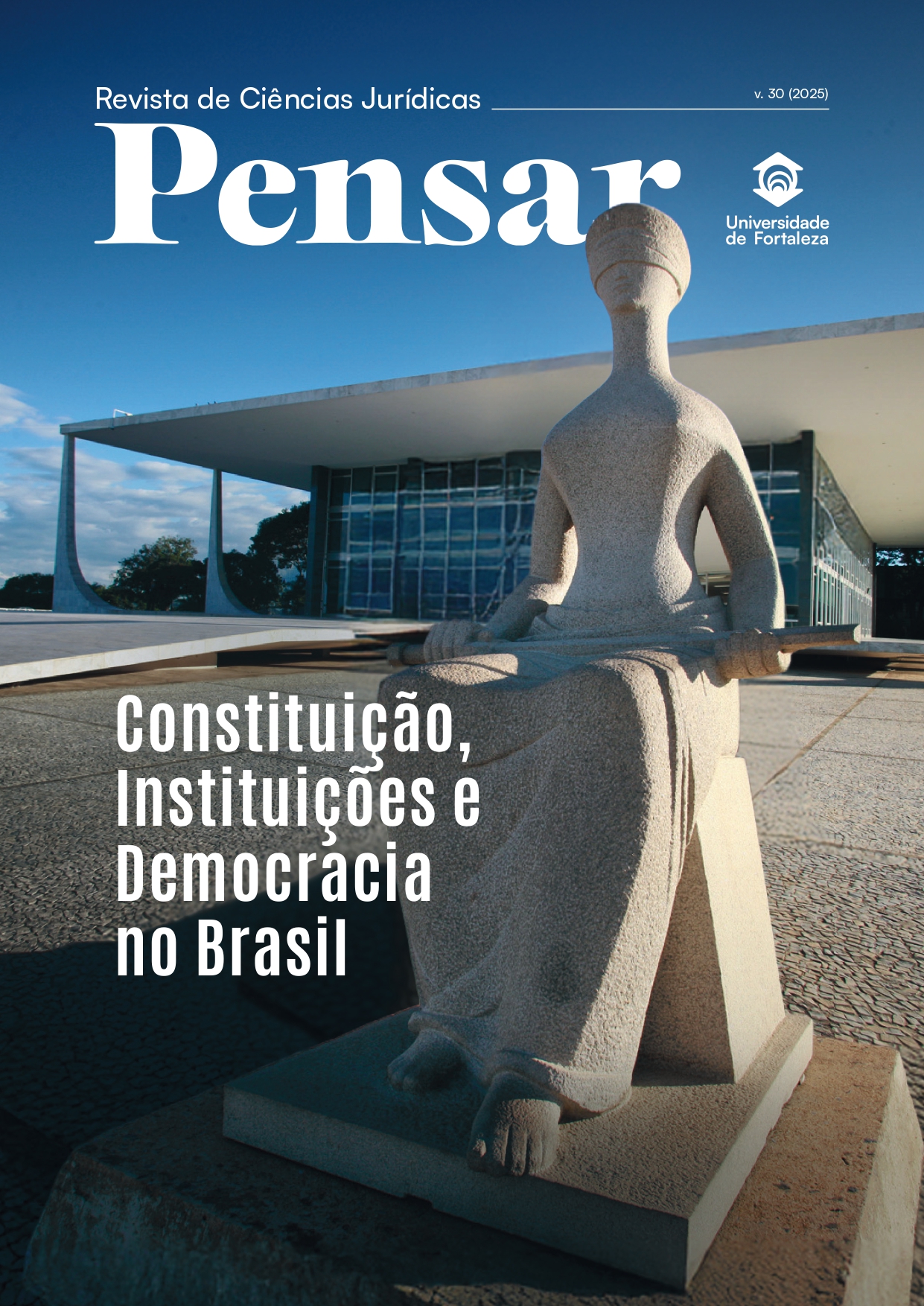Neurorights as Fundamental Rights in the 1988 Federal Constitution
DOI:
https://doi.org/10.5020/2317-2150.2025.15935Keywords:
neurorights, implicit fundamental rights, Brazilian Federal ConstitutionAbstract
Advances in neurotechnology have enabled a better understanding of how the human mind and central nervous system work, providing new tools capable of revolutionizing people's lives, especially in the areas of health, education, entertainment and well-being. On the other hand, neurotechnological devices have the potential to read, interpret and alter human thoughts, perceptions and emotions generated by the brain, raising ethical and legal issues that concern the international community, especially with regard to their implications for human dignity and, notably, the fundamental rights to freedom, privacy, personal integrity and physical and mental health. The 1988 Federal Constitution and the international human rights treaties internalized in the national legal system were not designed to protect human beings from the neurotechnological threat, which is why it is essential to recognize and enforce a new set of rights to protect the human brain. In this context, the purpose of this scientific article is to propose, based on deductive, bibliographical and documentary research, that neurorights are enshrined in the Brazilian legal system as implicit fundamental rights, including cognitive freedom, mental integrity, mental privacy and psychological continuity as constitutionally protected assets.
Downloads

Downloads
- Texto do Artigo (português) (Português (Brasil))
- Artigo Traduzido (inglês)
- Parecer do Avaliador 1 (Português (Brasil))
- Parecer do Avaliador 2 (Português (Brasil))
- Relatório de Originalidade (Português (Brasil))
- Formulário de Submissão de Dados (Português (Brasil))
- Apresentação dos Autores (Português (Brasil))
Published
Issue
Section
License
Copyright (c) 2025 Pensar - Revista de Ciências Jurídicas

This work is licensed under a Creative Commons Attribution-NonCommercial 4.0 International License.
This is an open-access article distributed under the terms of the Creative Commons Attribution 4.0 International License (CC-BY 4.0), which permits unrestricted use, distribution, and reproduction in any medium, provided the original work is properly cited.
For more information, please visit: https://creativecommons.org/licenses/by/4.0/















